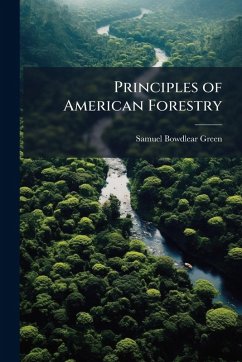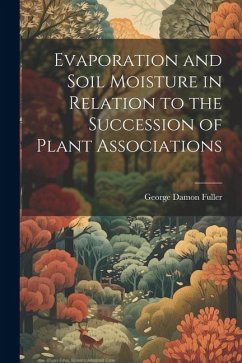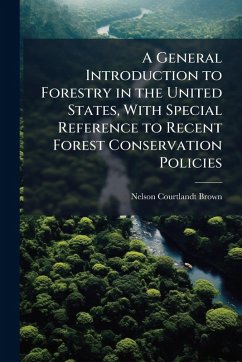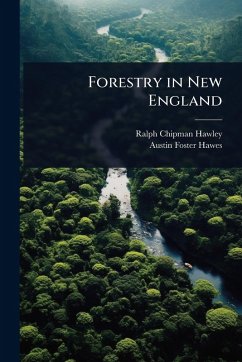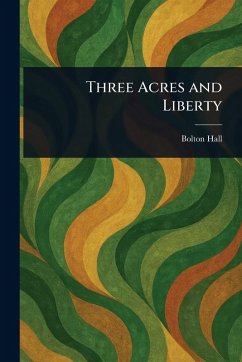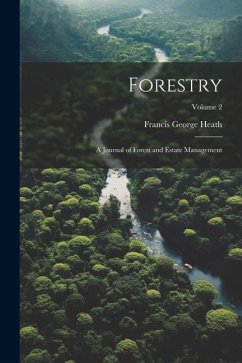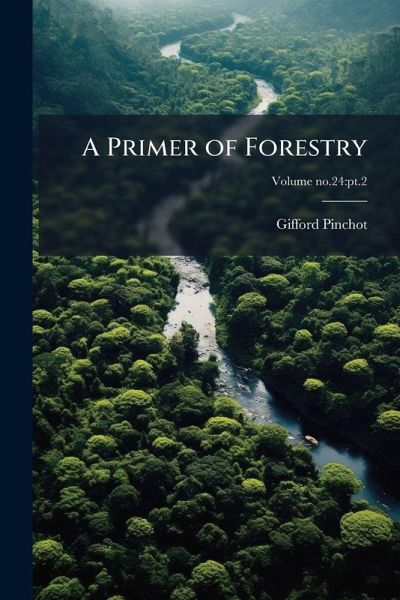
A Primer of Forestry
Versandkostenfrei!
Versandfertig in über 4 Wochen
17,99 €
inkl. MwSt.
Weitere Ausgaben:

PAYBACK Punkte
9 °P sammeln!
"A Primer of Forestry, Volume 24, Part 2" offers a foundational exploration of forestry principles as they were understood in the early 20th century. Authored by Gifford Pinchot, a pioneering figure in American conservation, this volume provides an insightful look into the practical aspects of forest management and conservation. Covering topics such as silviculture, tree species, and the ecological role of forests, this primer aims to educate readers on the importance of sustainable forestry practices. Originally published in 1905, this book serves as a valuable resource for understanding the ...
"A Primer of Forestry, Volume 24, Part 2" offers a foundational exploration of forestry principles as they were understood in the early 20th century. Authored by Gifford Pinchot, a pioneering figure in American conservation, this volume provides an insightful look into the practical aspects of forest management and conservation. Covering topics such as silviculture, tree species, and the ecological role of forests, this primer aims to educate readers on the importance of sustainable forestry practices. Originally published in 1905, this book serves as a valuable resource for understanding the historical context of forestry and the evolution of conservation efforts. It remains relevant for anyone interested in the history of environmental science, forestry techniques, or the legacy of early conservationists. This work has been selected by scholars as being culturally important, and is part of the knowledge base of civilization as we know it. This work was reproduced from the original artifact, and remains as true to the original work as possible. Therefore, you will see the original copyright references, library stamps (as most of these works have been housed in our most important libraries around the world), and other notations in the work. This work is in the public domain in the United States of America, and possibly other nations. Within the United States, you may freely copy and distribute this work, as no entity (individual or corporate) has a copyright on the body of the work. As a reproduction of a historical artifact, this work may contain missing or blurred pages, poor pictures, errant marks, etc. Scholars believe, and we concur, that this work is important enough to be preserved, reproduced, and made generally available to the public. We appreciate your support of the preservation process, and thank you for being an important part of keeping this knowledge alive and relevant.



